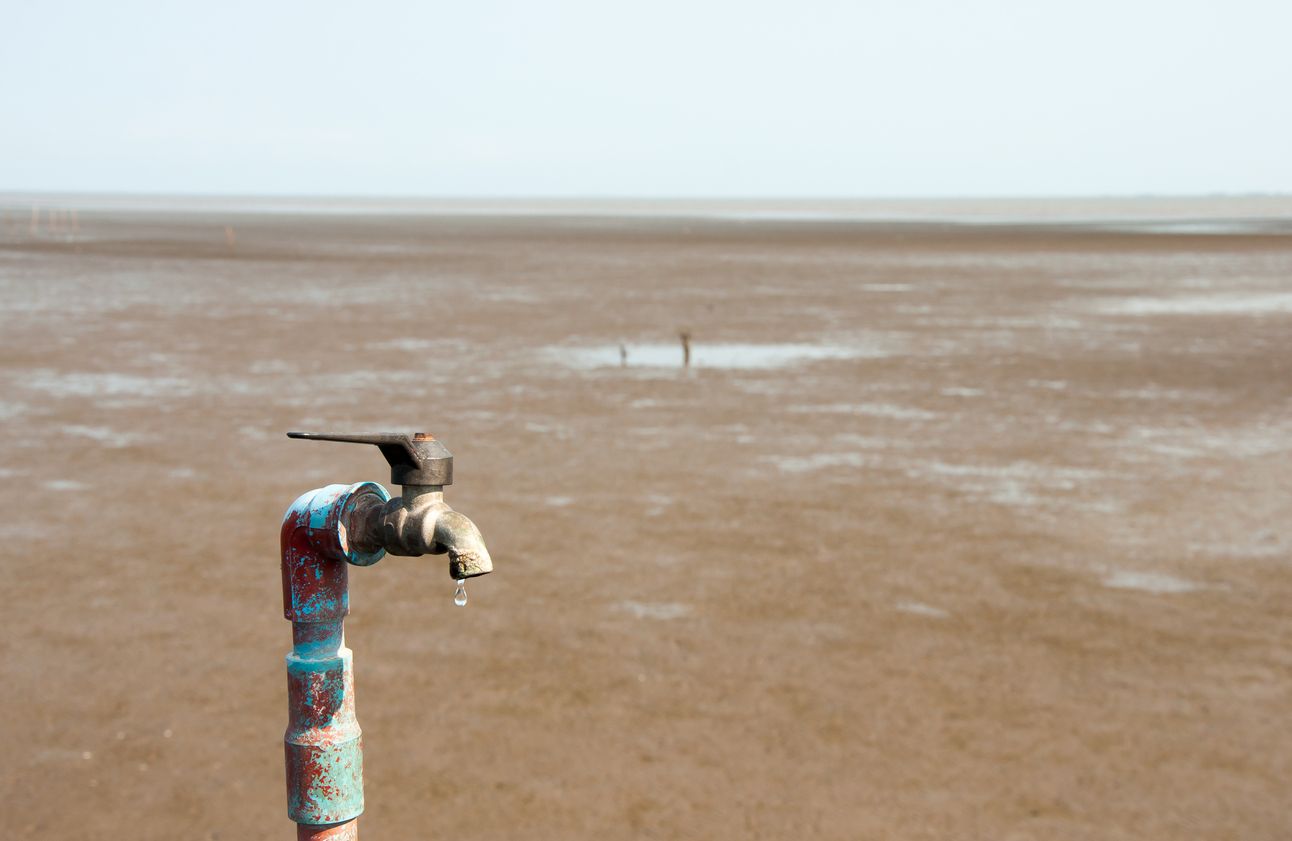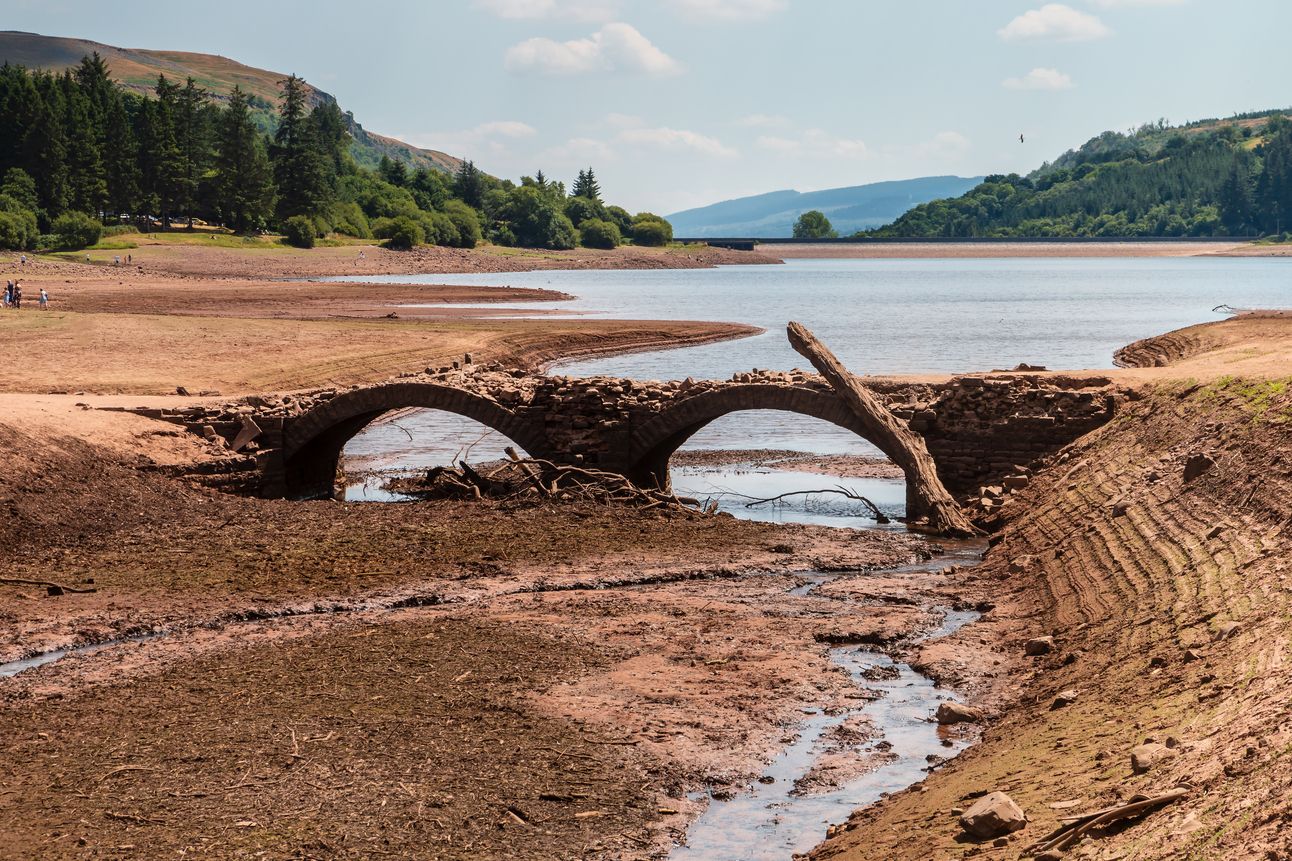A Changing Climate, A Growing Crisis
The UK has witnessed an unusually warm and dry spring in 2025, often touted as the driest since 1893. The Met Office confirms spring as one of the sunniest, warmest, and sixth driest on record. What began as seasonal uneven rainfall has escalated into a growing concern. With persistent soil moisture deficits and shrinking reservoirs, drought is no longer a distant threat—it’s present and intensifying.
Climate change is amplifying these patterns. Longer, drier spells interspersed with short-lived downpours are becoming the new normal. That setup leaves the UK exposed to more frequent and severe droughts, especially in already water-stressed regions such as southern and northern England.

Where Drought Has Tightened Its Grip
As of June 2025, drought declarations and warnings are spreading:
North-west England was declared in drought on 21 May following one of the driest springs in almost 70 years. Reservoirs are worryingly low and river flows continue to drop.
Yorkshire entered official drought status in mid-June, after experiencing its driest spring in 132 years. Reservoirs were at just 62% capacity, far below the average 85% for this time of year.
North-east, East Midlands, and West Midlands are under “prolonged dry weather” status, a critical pre-drought alert.
Nationally, reservoir stocks are at an average of 77%, compared to 93% typical for early summer. The downward trend is visible in river flow and groundwater reports from the UK Centre for Ecology & Hydrology.
When the Taps Run Low: Understanding the Impacts
Water Abstraction and Supply
The Environment Agency has stepped up restrictions on water abstraction for farming, industry and utilities. While most major water companies have not yet imposed hosepipe bans, Youlgrave Waterworks in Derbyshire introduced one in early June for 500 households, the first formal restriction of the season.
Reservoirs and River Systems
Yorkshire Water and United Utilities report reservoir levels 20–30% below average. Such conditions increase strain on ageing infrastructure and leave limited buffers for summer demand spikes.
Agriculture
Farmers are facing reduced irrigation capacity just as crops enter critical growth phases. Dry topsoils, wilted grass for livestock, and early water drawdowns from on-farm reservoirs are creating pressure on yields and food security.
Wildlife and Ecosystems
Fish rescues are already underway, notably in Shropshire, as rivers suffer low oxygen. The Canal & River Trust has placed restrictions on navigation in parts of Yorkshire. Pennine moors are reporting increased wildfire activity, made worse by dry peat and rising temperatures.
Emergency Rules and Resource Protection
The National Drought Group, comprising the Environment Agency, Met Office, water companies and farming groups now meets monthly. Their goals include coordinated monitoring, scenario planning and drought mitigation actions.
So far, official drought orders remain limited. But water companies are accelerating their statutory drought plans:
United Utilities increased leak detection by 70%.
Public information campaigns have begun urging shorter showers, rainwater reuse and other conservation steps.
The Government has allocated £100 million to boost awareness and promote domestic greywater systems.
Environmental reporting hotlines have been reactivated to monitor fish kills, algal blooms, and pollution risks.
Beyond the Dry Spell: What’s at Stake for Britain
Energy and Infrastructure
Low river levels affect hydroelectricity generation and cooling operations in thermal power plants. Water-intensive industries, from food processing to manufacturing, face tighter operating margins.
Meanwhile, leak-prone infrastructure, losing more than 20% of treated water, exacerbates scarcity.

Data Centres and Urban Demand
The rise of data centres and AI cooling systems is contributing to urban demand. Some facilities now consume as much water as small towns, prompting regulatory concern and fresh scrutiny from the Environment Agency.
Planning for Resilience
Reservoir projects and desalination proposals are progressing, though not without controversy. Reuse systems, such as greywater recycling, are gaining traction. Australia and parts of the US offer proven examples the UK may need to adopt at scale.
Rethinking Water: Time to Act Before It’s Too Late
The UK’s 2025 drought is not an isolated event—it’s a window into a drying future. A future where climate shocks, infrastructure gaps, and growing demand collide.
To stay ahead of the crisis, policy-makers must fast-track investment in water storage, reuse and repair. Businesses, especially high-usage sectors, must prepare now—not after restrictions hit. Households can make a meaningful difference through simple, water-wise habits.
If we fail to act with urgency, parts of the UK could face water shortages by 2030. If we act together, Britain can still secure a resilient, fair, and sustainable water future.




